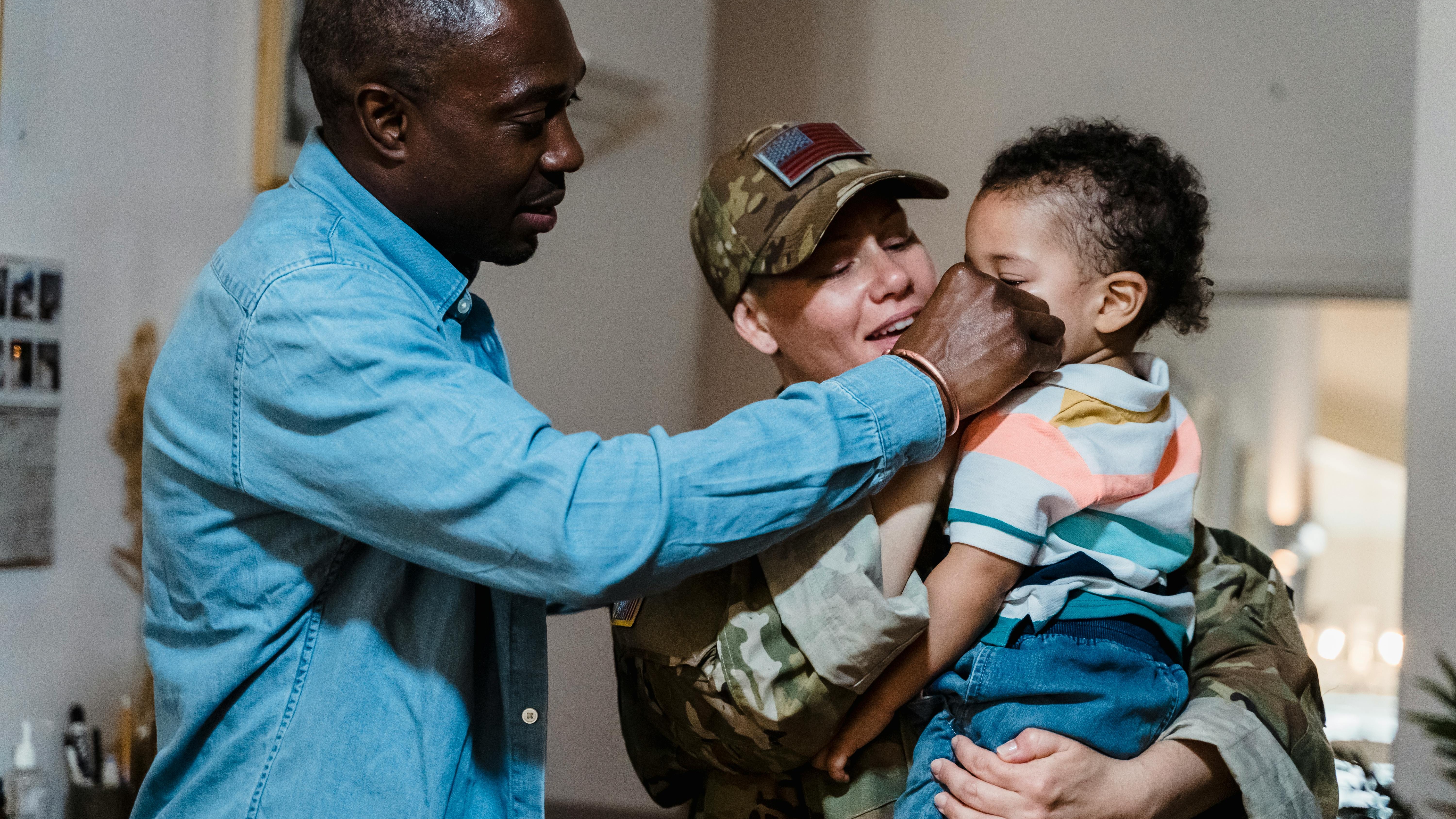
Understanding the Undeniable Power of Patience
In today’s fast-paced military and corporate environments, the virtues of patience often get lost in the rush to achieve immediate results. Captain Benjamin L. Kenneaster aptly reminds us that patience is not merely a pause; it is a strategic weapon that leaders wield to ensure success in challenging circumstances. From the military trenches to the boardroom, the ability to wait for the right moment to act can yield profound outcomes, both personally and organizationally.
Patience: A Forgotten Principle
The rise of impatience in societal contexts has been noted by numerous psychologists and military analysts alike. In the military realm, the mantra of “slow is smooth, and smooth is fast” encapsulates the profound truth that measured actions often result in greater efficacy. For leaders at all levels, embracing this principle can transform their operational landscapes. Certainly, as outlined in U.S. Army doctrine (ADP 3-0 and ADP 6-0), establishing a culture that values patience enhances both tactical and leadership effectiveness.
Impacts on Careers and Relationships
One significant area that requires a newfound focus on patience is the career trajectory within military and corporate frameworks. Many service members and professionals find themselves inundated with tasks, often leading to rushed decisions. This haste robs them of the opportunity to reflect and consider the implications of their choices. By fostering patience, military leaders can empower their subordinates to make thoughtful decisions that strengthen their teams and influence outcomes positively.
Patience in Organizational Culture
In combat arms units, the constant pressure to complete tasks often overshadows strategic thinking. Kenneaster’s insights shed light on this dilemma, unveiling the necessity for organizations to cultivate patience intentionally. Leadership practices that prioritize clear communication, sustainable priorities, and gratitude can enhance patience across all levels. The willingness to invest this time yields dividends in morale, productivity, and mission success.
Actionable Steps to Enhance Patience
Combatting the culture of hurry involves proactive measures. Leaders should integrate 'patience training' into regular discussions, highlighting its benefits during briefings and counseling sessions. Twinning this focus on patience with actionable strategies can serve to embed this principle within the fabric of military operations. For instance, fostering an environment where soldiers can express concerns about task saturation and organizational expectations creates a supportive culture that values strategic thinking over immediate action.
Conclusion: Embracing the Slow Path to Success
As we reflect on the lessons from Kenneaster’s article, it becomes clear that the modern military and corporate leader must embrace patience as a cornerstone of effective leadership. This includes understanding that while the speed of action may seem advantageous, the wisdom of timing and consideration often trumps haste. By advocating for patience in ourselves and others, we align with the true essence of military leadership—service above self, thoughtful action, and the recognition that our greatest successes are often waiting on the horizon.
For active duty service members and their families, business leaders, and veterans alike, adopting practices that champion patience presents an opportunity not merely for personal growth but for the collective advancement of our communities. Consider how patience can reshape your approach and lead to lasting impact.
 Add Row
Add Row  Add
Add 




Write A Comment